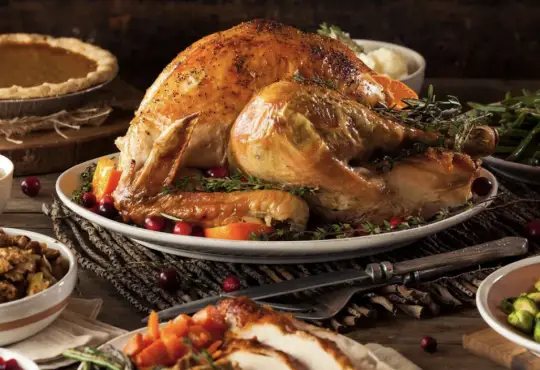
Microwave Magic: The Top 10 Things You Can and Cannot Put in the Microwave
The microwave is undoubtedly one of the most convenient kitchen appliances, allowing us to heat, cook, and defrost food in a matter of minutes. However, not everything is microwave-friendly. To avoid mishaps and ensure safety, it’s essential to know what you can and cannot put in the microwave. In this blog post, we’ll provide you with a comprehensive list of the top 10 things you can and cannot safely microwave.
Things You Can Microwave:
- Reheat Cooked Food: The microwave excels at reheating cooked food, such as leftovers, soups, and casseroles. Just make sure to stir or rotate the food for even heating.
- Microwave-Safe Cookware: Use microwave-safe containers, glass, ceramic, or certain plastics labeled “microwave-safe” to heat or cook food safely.
- Defrost Frozen Food: The microwave’s defrost setting is perfect for thawing frozen meat, vegetables, and fruits. Follow the microwave’s instructions or use the manual setting based on the food’s weight.
- Steam Vegetables: Place vegetables with a small amount of water in a microwave-safe dish, cover with a microwave-safe lid or microwave-safe plastic wrap, and steam to perfection.
- Microwave Popcorn: Enjoy a movie night with microwave popcorn, designed for safe popping in microwave-friendly bags.
- Reheat Beverages: Reheating your morning coffee or tea is a breeze in the microwave. Just make sure to remove any metal components from the cup.
- Soften Butter: Cold butter is no match for the microwave. Soften it quickly by using short bursts of low heat.
- Heat Herbs and Spices: Microwave herbs or spices for a few seconds to intensify their flavors and aromas.
- Warm Tortillas and Bread: Wrap tortillas or bread in a damp paper towel and heat briefly in the microwave for warm and soft results.
- Pasteurize Soil: If you’re into gardening, use the microwave to pasteurize soil, killing off harmful pathogens without resorting to chemicals.
Things You Cannot Microwave:
- Metal: Never put any metal objects in the microwave, as they can cause sparks, fires, and damage the appliance.
- Foil: Similar to metal, foil can cause fires and damage the microwave.
- Plastic Containers Not Labeled “Microwave-Safe”: Some plastics can release harmful chemicals when heated, so always use microwave-safe containers.
- Styrofoam: Microwaving Styrofoam can cause it to melt and release toxic fumes.
- Eggs in Shell: Microwaving eggs in their shell can cause them to explode due to steam build-up.
- Grapes: Microwaving grapes can lead to sparks and fires due to their high water content.
- Breast Milk in Plastic Bags: Never heat breast milk in plastic bags, as it can release harmful chemicals.
- Frozen Meat in Foam Trays: Frozen meat in foam trays can release chemicals when microwaved.
- Sealed Containers: Microwaving sealed containers can cause pressure build-up, leading to potential explosions.
- Hot Peppers: Microwaving hot peppers can release irritating fumes that can cause discomfort and respiratory issues.
Conclusion
The microwave is a valuable kitchen tool, but it’s crucial to use it safely and appropriately. Always follow the manufacturer’s instructions and avoid microwaving items not designed for this appliance. Use the lists provided above to make the most of your microwave, and enjoy the convenience and efficiency it brings to your daily cooking and reheating needs. Stay safe, and happy microwaving!






